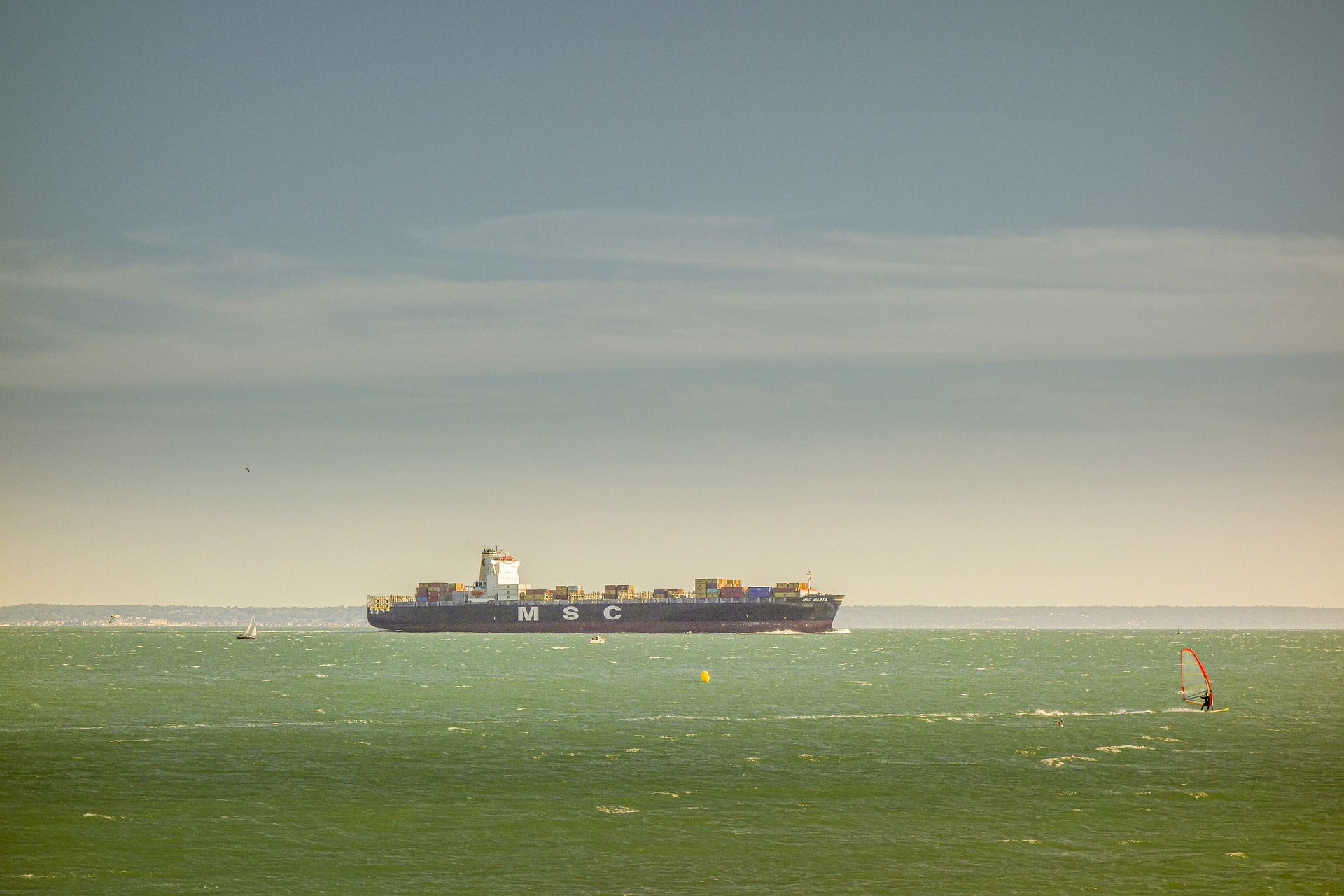
● Biden sceptical after Russia vows Kyiv pullback
● JP Morgan’s Janet Tsang says the impact of COVID on China is likely to be temporary
● Kuaishou surges after dangling profit prospects despite a slowdown
The invasion of Ukraine continues to disrupt vital commodities, aggravating global inflation. These events highlight the global economy's dangers. It is, however, essential to note that despite the current global concern surrounding the increase in prices, any surprising remedy that calls for sanctions to be lifted could cause a significant price drop in many critical commodities, perhaps even reversing the effects of a prolonged conflict.
The weekly Commitment of Traders (COT report) has been published. These reports are published weekly by the U.S. Commodity Futures Trading Commission (CFTC) and the ICE Exchange Europe for Brent crude oil and gas oil. According to an article written by Ole Hansen, the Head of Commodity Strategy at Saxo, the reports are released each Friday after the U.S. markets close, with data from the week ending the previous Tuesday. They discuss and break down the open interest in futures markets into different user groups depending on the asset class. The findings from the most recent report are summarised below.
Friday's rebel attacks on Saudi Arabia are being counterbalanced by worries surrounding the short-term demand outlook in China as it threatens to lock down 50% of Shanghai for testing due to the rise in Covid-19 cases across the country. Fujitomi Securities Co Ltd. chief analyst Kazuhiko Saito told Reuters, “Shanghai's lockdown prompted a fresh sell-off from disappointed investors as they expected such a lockdown would be avoided.”
The fall in the Bloomberg Commodity Spot index was 8.3% which erased much of the profits made during the first week of Russian intervention. Overall, managed money accounts reduced their net long position by 5% to an eight-week low of 2.06 million lots. The most significant drops were seen in crude oil, natural gas, gold, silver, copper, and coffee.
The BCOM Spot index fluctuated between 9% and 19.5% throughout 2021. However, since the war broke out on February 24, the index has risen considerably, reaching 31% last week, forcing many hedge funds to seek a specific level of volatility to reduce their exposure.
The highest level of activity was seen by energy. Oil hiked 15%, while gas oil (diesel) climbed 30%. Brent crude oil futures fell 2.68% to $114.22 at 12:40 PM ET (4:40 AM GMT) and 3.03% to $110.45 during trading on Friday. Both Brent and WTI futures rose by 1.4%, showing their first weekly gains in three weeks. In a recent article, Saxo has highlighted that ‘global oil majors including BP Plc, Shell Plc and Exxon Mobil Corp. are exiting Russia’ while the majority of European buyers are shunning the nation's crude as they navigate sanctions and soaring shipping costs. ‘As a result,’ Hansen writes, ‘the global market is currently in flux with Russian unwanted crude varieties trading at a deep discount to Brent.’
Analysts have reported that the volatility in crude oil prices is here to stay in the short term. This is evidenced by the crude oil benchmarks that have endured wild intraday swings since the crisis in Ukraine started, oscillating between large gains and losses within the day. Singapore bank OCBC and OANDA Senior Market Analyst Jeffrey Halley added that it is expected for oil to trade ‘within a range of $100-$120/b in the near term’ in the absence of fresh developments.
According to Andy Lipow, president of Lipow Oil Associates LLC Houston, ‘the China oil demand is approximately 15 million barrels per day’. He mentions that this magnitude of the sell-off reflects fears that Covid lockdowns in the country could spread, which would significantly impact demand during this time when the oil market is trying to find alternatives to Russian supplies.
The G-7 leaders pledged to take further steps to reduce their reliance on Russian energy imports and called on OPEC to step up oil production. OPEC, however, feels that the supply disruptions that it is blamed for are not its responsibility to alleviate, and officials insist that the bloc was still unwilling to abandon its production limits or increase them any faster. While OPEC+ members will meet on Thursday, 31 March 2022, the cartel has resisted calls from producers, including the U.S., to boost oil output further. Instead, it has stuck to the plan to raise output by 400,000 barrels per day (BPD) each month since August 2021.
Many market participants are simply covering their positions in the wake of historical volatility, holding liquidity at its lowest level in years and resulting in outsized fluctuations on any news. If, however, hedging becomes more time-intensive and costly, it might disrupt real-world crude oil deliveries if the situation does not improve.
The latest 175-dollar top to bottom correction in gold, and the FOMC's first-rate increase to counteract runaway inflation, have fuelled speculators' activity. As a result, both gold and silver length dropped by 9%. In the meantime, the net long position of HG Copper increased by 25%, yet it is still 45% below its one-year peak.
In further news, gold and silver prices hit a seven-week high this week, fuelled by safe-haven demand and the prospect of incoming economic weakness, not just from the Russian invasion. Powell, the Federal Reserve Chair, has confirmed the central bank's commitment to commence a series of hikes, starting this month, to curb the highest inflation since the 1980s. ‘However,’ it has been reported, ‘the market shrugged off the news with Russian aggression potentially forcing a careful approach’.

























